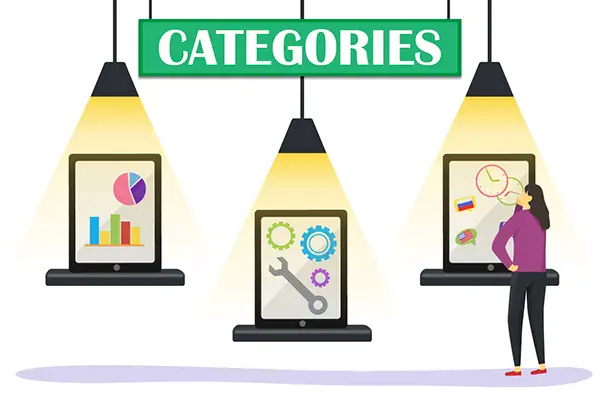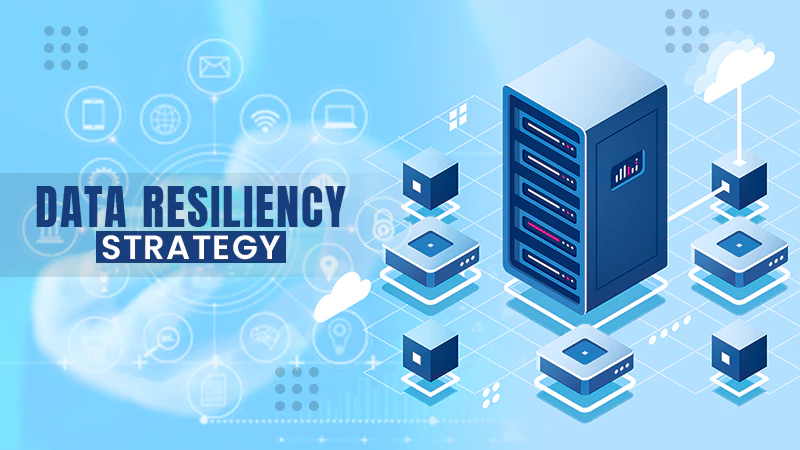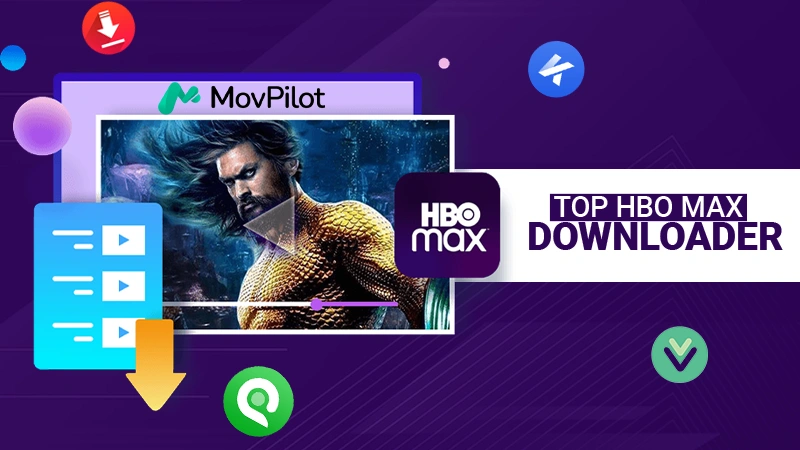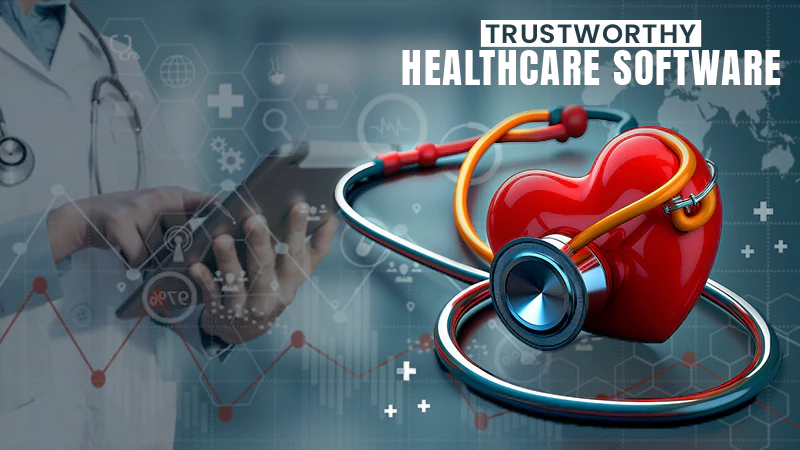Project procurement and category management are distinct processes within the domain of procurement, but they share a common foundation. While they may appear dissimilar in appearance and outcomes, when stripped down to their core, they are both essential components of a function.
And comparing both of them can also result in apples and oranges comparison. In short, both processes have the same base but serve different purposes. While every athlete who runs does not necessarily participate in 100 meters only or relay race only, both processes have their distinct roles in the division and need to be used strategically for the best results.

Category management procurement focuses on the strategic control of categories or groups of related products and services. It involves analyzing market trends, identifying suppliers, negotiating contracts, and optimizing the overall performance of a specific section. The primary objective of this is to drive value, profitability, and organizational wins over the long term. It takes a holistic approach and often spans multiple projects and initiatives.
However, on the other hand, it is also concerned with the activities that are specifically associated with individual projects. This further involves acquiring the goods, necessary resources, and services, for successfully executing the project in a well-defined frame of time. Additionally, it is often time-bound and requires a more targeted and focused approach. The primary goal is to ensure that the needs are met efficiently and effectively, supporting the project’s overall objectives.
While the purpose and timeframe for building value, profitability, and organizational wins may differ between the two, they are not mutually exclusive. Both processes can coexist within a procurement association and contribute to its overall success. It provides the strategic direction and framework for optimizing operations across various projects and categories, while project procurement focuses on the tactical execution within a specific project’s constraints.
Ultimately, the allocation of these processes within an organization should be based on the specific needs and priorities of the organization. By leveraging both, an institution can benefit from their respective attributes, ensuring a comprehensive and balanced approach to it that maximizes value and drives success.
Category Management Solutions
It is a strategic approach that involves the monitoring of product or service categories as distinct business units. It focuses on optimizing the sourcing, supply, and administration of goods and services within specific varieties to drive value, reduce costs, and improve overall performance. It also encompasses activities such as demand analysis, monitoring supplier relationships, contract negotiations, and quality of activity tracking.
Furthermore, it has the potential to reduce prices, elevate efficiency and trigger innovation due to which it has gained significance in the present times. As the market dynamics are constantly changing, along with the rise in global competition and evolving customer demands, organizations need to be focused and acrobatic in managing such activities.
Besides this, it helps to gather a structured framework for analyzing industry trends, identifying opportunities to save costs, streamlining supplier relationships, and ensuring the all-time availability of high-quality goods and services.
Implementing effective practices can have a substantial impact on financial and business growth percentages. By leveraging such solutions, businesses can achieve cost savings through strategic sourcing, supplier consolidation, and improved contract negotiations. The ability to negotiate favorable terms, such as volume discounts or longer payment terms, can lead to significant cost reductions. Additionally, these enable institutions to identify and leverage opportunities for innovation, driving business growth and market competitiveness.
Managed assistance that offers tools and assistance provides a range of salient features to support businesses in their procurement efforts. Some key features include:
- Market analysis
These solutions provide market intelligence and analytics capabilities, enabling organizations to stay updated with industry trends, identify new suppliers, assess risks, and make informed sourcing decisions that will let us prepare our list and stock up on essentials that may be short in the future. It also centralized purchasing administration, reduces miscommunication with suppliers, and streamlines compliance activities.
- Vendor relationship management
These tools facilitate the effectively managing the supplier relationships by providing a centralized database, tracking performance metrics for suppliers, managing contracts and agreements, and enabling collaboration between stakeholders.
- Strategic sourcing
These tools assist in the strategic sourcing process by automating supplier identification, conducting evaluations, managing bidding operations, and optimizing selection for suppliers based on predefined criteria. When strategically utilized, it leads to lower unit prices for customers, maximizing cost savings. This fosters strong partnerships between organizations and supplying associates, promoting faster collaboration.
- Contract management
Its solutions offer features to manage and streamline contracts, including contract creation, negotiation, tracking, and managing compliance. This ensures that organizations are maximizing the benefits of their contracts while minimizing risks.
- Performance tracking and reporting
These tools provide real-time visibility into category performance, enabling organizations to monitor key performance indicators and track cost savings, supplier activities, and overall health. Advanced reporting capabilities provide insights for decision-making and continuous improvement. It simplifies product demand and enables larger contracts to be brought to the market, increasing efficiency.
- Integration capabilities
Managed services offering automated tools often integrate with other enterprise systems such as enterprise resource planning (ERP) and supply chain management (SCM) systems, ensuring seamless data flow and process integration across different functions.
Conclusion:
A business depends on vendors as much as it does on its customers, investors, and employees to run its operations smoothly. By incorporating this, specifically where the services or goods are more, long-term value creation with supplying agents and stakeholders, ensures sustainable relationships can be focussed upon. Enhancing information and understanding of specific categories helps develop a competitive advantage and identifies suppliers with key competencies. It is about time that managers get access to automated platforms that use business intelligence tools to warn about threats like near-future supply constraints to ensure that there is no disruption of operations. By leveraging technology, organizations can streamline their processes, improve efficiency, and achieve better financial and business growth percentages while maintaining healthy relationships with vendors.







